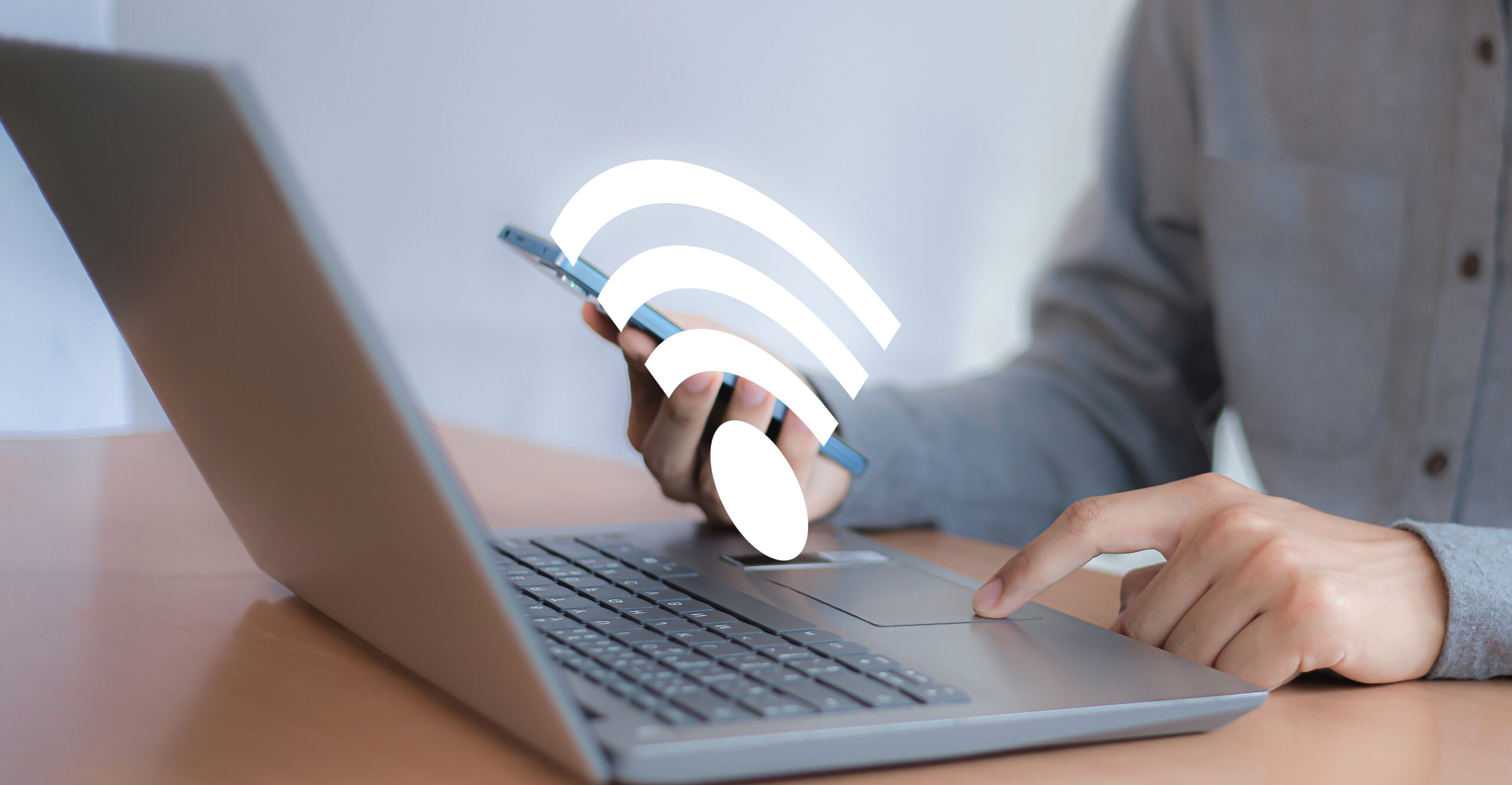In government offices, the stakes are high. Whether it’s tax records, legal filings, permits, or internal communications, the documents moving through your printers and copiers often contain sensitive information. And while locking a file cabinet is still important, the bigger threat today often comes from the digital side, and (unsurprisingly) it’s only growing.
Unfortunately, many people still see a multifunction printer (MFP) as “just a copier,” when in reality it’s a powerful networked device. That means if it’s not secured, it could be a doorway for cybercriminals or an accidental leak waiting to happen. For government agencies that handle confidential or regulated data, that’s a risk you simply can’t afford. Sharp MFPs transform this vulnerability into your strongest defense. Known for their easy-to-use design and robust security tools, they protect your data at every step—while keeping your team’s workflow efficient and frustration-free. Here’s how they do it.
How Data Flows Through Government Offices
Understanding your security needs starts with mapping how information moves through your workspace. Documents arrive via email, fax, and physical delivery. Staff members scan forms, print reports, and copy certificates. Each step creates potential exposure points.
Digital workflows have multiplied these touchpoints. Remote work means employees print documents at home. Cloud storage systems sync files across multiple devices. Video conferences require document sharing with external participants.
Your MFP sits at the center of this information ecosystem. It receives print jobs from dozens of computers. Staff members scan documents that travel to email accounts and shared folders. The device processes everything from parking citations to budget reports. Without proper security controls, your MFP becomes a single point of failure that threatens every document in your office.
Sharp MFPs: Your Security Command Center
Sharp MFPs are designed with comprehensive security features that protect data at every stage of the document lifecycle.
The security features start before you even turn on the machine. Sharp MFPs use advanced encryption to protect that data while it’s being processed and when it’s stored on the device’s hard drive. Even if someone tried to intercept it, they’d be met with unreadable, encrypted data. Plus, when it’s time to retire or replace a machine, these devices can automatically overwrite stored information, meaning no sensitive data is left behind.
User authentication adds another layer of protection. Instead of allowing anyone to walk up and use the machine, these MFPs can be set up so that valid credentials are required for every operation. Employees can swipe ID cards, enter PIN codes, or use biometric scanners to access the device. This system creates an audit trail that tracks exactly who printed what and when.
The machines also include secure document release features. When you send a print job, it doesn’t immediately appear in the output tray. Instead, the MFP holds the document until you physically arrive at the machine and authenticate yourself. This prevents sensitive documents from sitting unattended.
Additional Security Features
Let’s examine specific security capabilities that address common government office challenges:
1. Data Overwrite Protection
Sharp MFPs automatically overwrite stored data multiple times using Department of Defense standards. When you delete a document or replace the hard drive, the original data becomes completely irretrievable. This feature protects against data recovery attempts by unauthorized individuals.
2. Network Security Integration
These machines seamlessly integrate with your existing IT security infrastructure. They support enterprise-level network protocols and can be configured to match your organization’s security policies. The MFPs communicate through encrypted channels and can be isolated on secure network segments.
3. Audit Trail Capabilities
Every document interaction generates detailed logs that track user activity, document types, and timestamps. These logs help you monitor compliance with security policies and investigate any suspicious activity. The audit data can integrate with broader security information systems.
4. Secure Fax Transmission
Government offices still rely heavily on fax communications. Sharp MFPs encrypt fax transmissions and can route incoming faxes to secure email accounts instead of printing them immediately. This prevents sensitive faxes from sitting in output trays where unauthorized individuals might see them.
5. Meeting Compliance Requirements
Government offices often operate under strict compliance regulations, whether that’s HIPAA for certain health-related records, CJIS for criminal justice information, or other state and federal mandates. Sharp MFPs include features that make it easier to meet those requirements and document your compliance efforts—something auditors will thank you for.
Integration with Existing Security Systems
What’s great about these devices is that they don’t operate in isolation. They integrate seamlessly with your current security infrastructure, enhancing rather than complicating your existing protocols. For example, offices with badge access systems can use the same ID cards to authenticate users. Additionally, they also integrate with document management systems and cloud storage platforms. Security policies applied to your file servers automatically extend to documents processed through the MFP. This ensures consistent protection regardless of where documents ultimately reside.
Making the Decision
The question isn’t whether you can afford to implement proper document security; it’s whether you can afford not to. Every day without proper protection increases your risk of a costly and embarrassing security incident. Sharp MFPs give you the tools to lock down sensitive data without slowing down your workflow.
If your office needs secure, reliable technology that supports your mission, contact us. We can help you choose and implement the right MFP for your printing needs.



